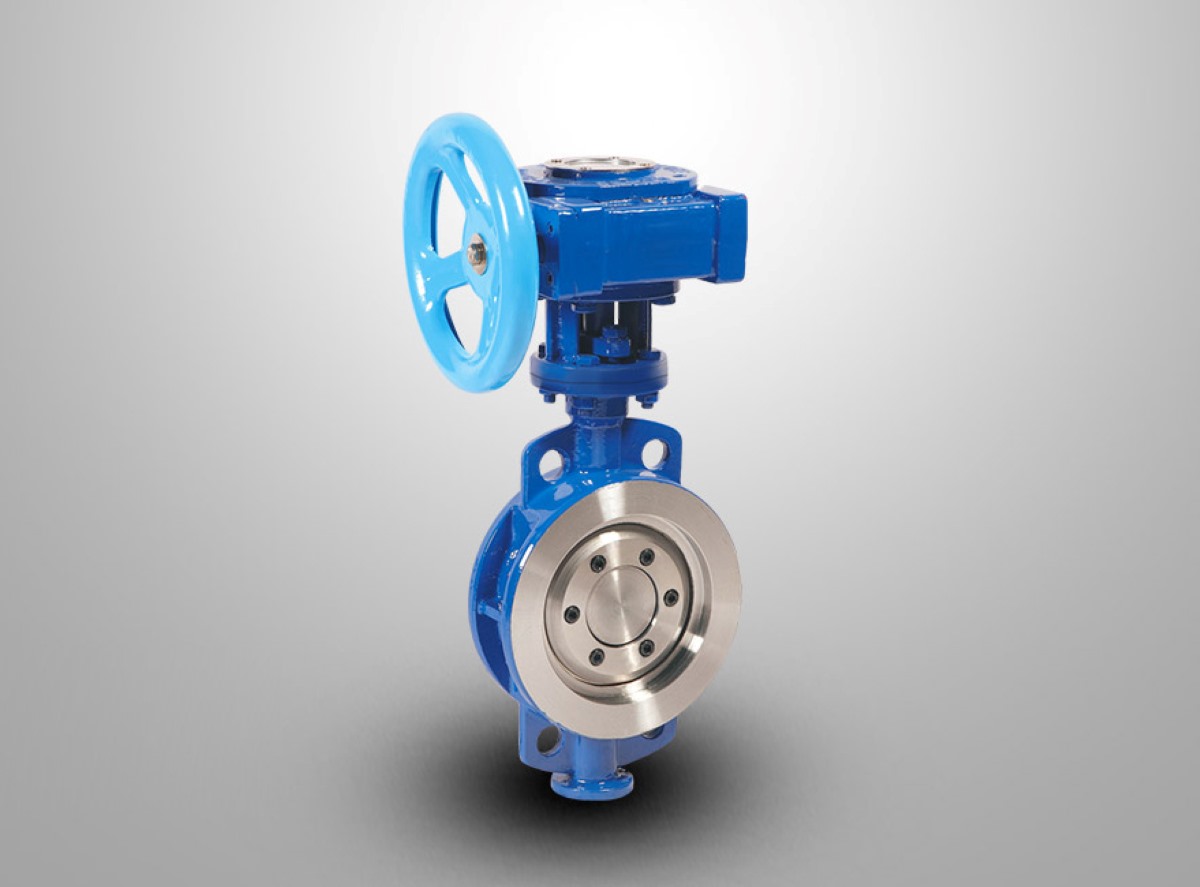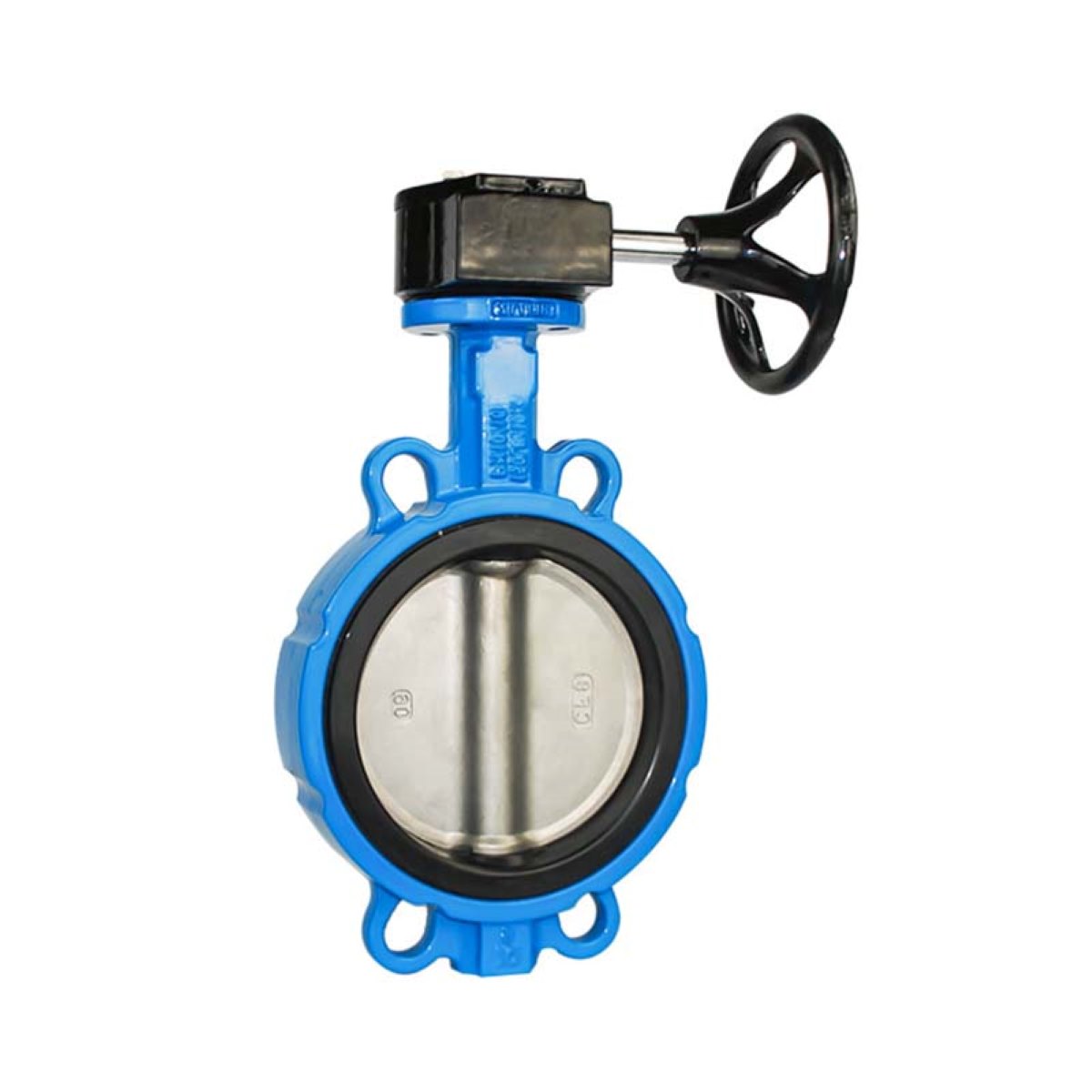Introduction
Butterfly valves remain a core component in fluid control systems due to their compact form, low weight, and rapid actuation. Within this category, hard-seal and soft-seal butterfly valves represent two distinct engineering approaches. Their differences in sealing materials, geometry, temperature and pressure resistance, and wear behavior determine their suitability for water systems, industrial pipelines, and severe-service environments. The following analysis condenses their structural and functional distinctions into a clear engineering perspective, enabling accurate selection based on operating conditions.
Structural Differences: Materials, Geometry, and Sealing Mechanics
1.Hard-Seal Butterfly Valves
Hard-seal valves utilize metal-to-metal contact between disc and seat, typically stainless steel, alloy steel, or hard-faced coatings such as cobalt-based overlays, carbide sprays, or laser-cladded layers. These materials provide high mechanical strength, resistance to thermal distortion, and stability under cyclic stresses.
A defining characteristic is the triple-offset structure: the shaft offset behind the disc center, a second offset from the pipeline centerline, and a third offset forming a conical sealing profile. This three-dimensional geometry eliminates sliding friction during opening/closing, producing a cam-type sealing action. The result is higher sealing reliability under temperature and pressure fluctuations, reduced wear, and significantly lower operational torque compared to traditional metal-seal designs. Some variants integrate pressure-assisted sealing rings that use differential pressure to increase tightness.
2.Soft-Seal Butterfly Valves
Soft-seal valves employ elastomeric or polymeric seating materials—typically EPDM, NBR, PTFE, or VITON—installed either in the valve body or around the disc. Sealing is achieved through elastic deformation of the seat as the disc compresses it. The typical configuration is centerline (concentric): the disc rotates around the body centerline and engages the soft seat evenly.
This structure offers excellent tightness at low pressure, low torque requirements, and simple manufacturing. Enhanced designs may combine elastomers with thin stainless-steel laminations or reinforced PTFE rings to improve dimensional stability and chemical resistance. Soft seats are replaceable and economical but inherently sensitive to thermal expansion, mechanical abrasion, and chemical incompatibility.
Performance Differences: Temperature, Pressure, Media, and Durability
1.Temperature and Pressure Capability
The primary performance gap stems from sealing material limitations.
Hard-seal valves endure –100°C to ~850°C depending on alloy selection and maintain stability under high-pressure conditions up to 80 MPa in specialized configurations. Metal contact prevents thermal degradation and enables reliable sealing under severe thermal cycling.
Soft-seal valves operate reliably within –40°C to ~120°C, with maximum pressures generally limited to PN10–PN16. Beyond these ranges, elastomer elasticity declines, leading to deformation, compression set, or melting.
2.Media Compatibility
Hard-seal valves resist corrosion, erosion, and chemical attack. They handle high-temperature steam, hot oils, hydrocarbons, corrosive gases, slurries, and particulate-laden media without excessive wear.
Soft-seal valves are ideal for neutral, clean, non-abrasive fluids such as potable water, cooling water, HVAC circuits, and compressed air. Elastomers may swell in oils or solvents, degrade under chemical exposure, or suffer rapid abrasion from solids.
3.Sealing Performance and Torque
Soft seals inherently offer bubble-tight shut-off (ISO 5208 Rate A) with minimal closing torque. Hard-seal valves require more precise machining but modern triple-offset designs also achieve zero leakage, particularly under high pressure. However, metal seats generally require higher torque and more robust actuators, especially in large diameters.
4.Wear Behavior and Service Life
Hard-seal valves exhibit minimal wear due to friction-free cam-type engagement. Service life often exceeds 100,000 cycles, even in high-frequency automation.
Soft-seal valves are constrained by elastomer fatigue. Seat materials harden, deform, or erode over time, resulting in shorter typical service life (<50,000 cycles) and more frequent seat replacement.
Technological Development Trends
1.Hard-Seal Valve Advances
Development focuses on improving durability and reducing operating torque:
Laser-clad and carbide-reinforced seating layers for extreme wear resistance
Refined triple-offset geometries lowering friction further
High-strength alloys for cyclic thermal shock environments
Pressure-responsive sealing rings improving tightness under variable loads
These advances position hard-seal valves as competitive alternatives to globe, gate, and ball valves in demanding applications.
2.Soft-Seal Valve Advances
Innovations aim to expand operational limits:
High-performance elastomers resistant to aging, oxidation, and chemicals
PTFE-elastomer hybrid seats enabling moderate-temperature performance
Metal-reinforced seat structures improving dimensional stability
Low-compression-set materials extending service life
Such improvements allow soft-seal valves to maintain relevance in applications requiring reliable shut-off but increasing operational demands.
Conclusion
Hard-seal and soft-seal butterfly valves differ fundamentally in material construction, sealing mechanics, and performance capabilities. Hard-seal valves provide superior reliability in high temperature, high pressure, chemically aggressive, or abrasive environments, while soft-seal valves achieve excellent low-pressure sealing with lower torque and lower cost in clean, neutral media.
As industries move toward more complex operating conditions, both valve types continue to evolve: hard seals are becoming more efficient and corrosion-resistant, while soft seals are gaining improved temperature tolerance and durability. Still, the essential engineering distinction remains:
Hard seal = severe service, high performance, long lifecycle
Soft seal = clean service, economic operation, simple maintenance
Selecting the appropriate valve type based on temperature, pressure, and media characteristics ensures optimal system performance and long-term reliability.
Post time: Nov-28-2025



